The Strong National Museum of Play is opening its 90,000-square-foot expansion – which will feature, among other delights, the world’s largest, playable Donkey Kong arcade machine – on 30 June. Based in Rochester, New York, the museum is the only collections-based museum in the whole world dedicated to the history and exploration of play.
It is estimated that the attraction, which currently draws 600,000 visitors per year, will attract a further 400,000 by 2026.
The expansion features more than 24,000 square feet of exhibit space dedicated to electronic games. The immersive gaming exhibit, ESL Digital Worlds, has two video game areas, Level Up and High Score. Here visitors can create their own avatars and enjoy challenges and puzzle-solving quests, as well as learn about the video game industry.
Meanwhile, the Hasbro Game Park is an outdoor exhibit inspired by classic board games. This features a giant fire-breathing dragon from Dungeons & Dragons and an oversized chrome Scottie dog from Monopoly. The huge Donkey Kong arcade game, on which the museum is working with Nintendo, will be around 370 percent bigger than the original.
In addition to the new exhibits, the Strong National Museum of Play's expansion includes a welcome area and gift shop. There will also be a connection to the new parking garage.
Planning an expansion
The Strong‘s expansion is part of the wider Neighborhood of Play transformation in Rochester. This also offers residential and retail spaces and a video game-themed restaurant.
Steve Dubnik has been president and CEO of The Strong National Museum of Play since 2017, having built a career in the tech industry.
“I graduated from MIT, and worked in telecom and technology for many years, including taking the company public in 2000 during the dotcom boom,” he tells blooloop.
His connection with the museum began in 2000:
“I had two young children at the time and was invited to join the board as both a museum user and a business person in Rochester. I spent 16 years on the board, working with my predecessor George Rollie Adams, and became the chair of the board. Rollie and I had been working together on this expansion.
"We started looking at the feasibility and planning in 2014. Then, when Rollie decided to retire, I was asked if I would consider stepping into the CEO role to see the project through. I accepted, and have been doing that for the past six years.”
The story of the Strong National Museum of Play
The museum’s story begins with wealthy collector Margaret Woodbury Strong:
“She grew up in Rochester,” Dubnik explains. “She was an only child, and, through her international travels, had become quite a collector, mostly of playthings. As she grew older, she started displaying her collections in her home.”
In 1968, Strong applied for, and received a charter from New York State for ‘the Margaret Woodbury Strong Museum of Fascinations’. She died a year later, dedicating the bulk of her estate to establishing the museum.
Dubnik adds:
“Through the work of legal advisors, business advisors, and museum experts, the museum was established with a physical presence in 1982 in downtown Rochester. At the time, although Margaret's collections were heavily weighted towards toys, dolls and so on, museum experts did not consider that a serious subject, worthy of a museum. So, the museum was created with a focus on decorative arts and the life of the average American in the late 1800s, early 1900s.”
The museum was moderately successful in this form:
“However, attendance started to decline because it was a place that people visited once; there wasn't a reason to return. My predecessor, observing this, and the fact that guests were coming in and looking at the dolls and the toys on display, started focusing on turning it into a family-oriented museum.”
Exploring the impact of play
By this point, the groundbreaking studies into children’s play by academics and folklorists such as Iona and Peter Opie had given games and toys a veneer of academic profundity.
The institution became the National Museum of Play in 2002. It had a mission focused on the exploration and preservation of play, and its impact on people, culture, and society.
“We have just grown since then,” Dubnik comments. “We have been through two expansions prior to the one that we're currently doing.”
The museum attracts a wide audience, from scholars to families.
“We think of our audience as spanning a range from infants to 99-year-olds. Play is a cradle-to-grave activity. We are a very family-friendly museum. But we're actually chartered as a history museum. We are collections based and have a collection of over 530,000 items related to play. We put a portion of those on display at any point in time.”
Getting hands-on at the Strong National Museum of Play
The museum is also hands-on:
“We have a combination of actual artefacts, the interpretation of those artefacts, and interactive activities related to that area. If you step into Play Pals, you'll see things like Thomas Edison 's attempt at creating a talking doll from the 1890s. Or, you'll see examples of the first Barbie that was created. We also have Barbie's predecessor, the Bild Lilli doll.”
Bild Lilli, the 3D version of a German cartoon character – a wise-cracking gold-digger with a talent for seduction – was never intended to be a child’s toy. However, Ruth Handler, one of the founders of Mattel, came across Lilli on a European trip. She was inspired to create her child-friendly equivalent, Barbie.
“There is also a giant dollhouse in the Play Pals area,” Dubnik adds. “You can play with dolls and dress them up. So that’s how we balance interactivity with artefacts.”
In terms of interpretation, he adds:
“We have some very historic items within our collections. For instance, we have the Charles Darrow prototype Monopoly game that he created when he first started looking to publish Monopoly and to create that franchise. We talk about that, about its importance, and about the history behind it: how he was inspired to create his game by playing a predecessor called The Landlord's Game. That was created by Elizabeth Magie Phillips.
"We tell the story behind the story. Throughout the museum, in a variety of different ways, academics talk about why play is important, how it impacts people, and how they learn from it.”
The serious business of play
Despite being a museum of play, in its capacity as a history museum, the institution doesn’t avoid serious topics. Play, after all, can be a serious business.
“In September, after the expansion is open, we're partnering with the New-York Historical Society, which has an exhibit on black dolls. We are travelling that exhibit to Rochester and will have it on display here. It talks about the dolls that were made by people who were enslaved in the 1800s, and the importance of those dolls to the people who made them."
"Then we will have sections that talk about the graphic or violent content of video games. We will provide opportunities for guests to choose whether they want to engage with certain types of content. But one of our goals is to start conversations.
"For our museum in particular, cross-generational conversations are valuable. There's nothing I like more than to see an elderly person talking with a young child and saying, ‘This is how I played. This is what I did. This is what was important to me,’ and the child listening, and engaging with that conversation.”
Play throughout history
Across the history of play, he identifies the constants:
“What doesn’t change is how people play and the types of things that they play with. We tell this story frequently when we talk about violence and video games, or different types of war games.
"People have always played in a similar fashion.It's the technology that they play with that has changed. Games of cops and robbers that were played by earlier generations have migrated through technologies and become Grand Theft Auto. It’s the same basic concept; it’s just a different technology."
"What people want to play hasn't changed tremendously. Only how they do it, in terms of the resources they have to play with, has changed. In Ancient Greece and Ancient Rome, children would have been playing something similar with wooden swords.”
The reasons for the Strong National Museum of Play's expansion plan
Turning to the expansion project, Dubnik says:
“The goal has been twofold. Firstly, we have been reaching the limits of our physical attendance capacity. We were getting about 600,000 people per year, pre-pandemic, coming to the museum. There were days when we would have a superheroes day or an event where the museum was uncomfortably crowded. We wanted to create an opportunity to invite more people within our walls."
"The second thing was that video games had become a much larger part of play. When we embarked on our play mission in 2002, video games weren't a dominant form of play. We recognized in about 2007 that if we were going to be a serious preserver of play, we also had to preserve how people were playing with video games. These were becoming a much more dominant form of play.
"We started collecting in that arena, but we had limited space to display and interpret.”
The expansion is, therefore, heavily focused on that aspect of play.
A new neighbourhood
Charting the progress of the expansion since the idea was first mooted, Dubnik says:
“We were looking at opportunities to grow and increase our capacities in 2014 or 15. We were fortunate in that the city of Rochester had an urban highway, the Inner Loop. A portion of that was adjacent to our museum property.
"The City received a federal grant that enabled them to go in and both fill in that urban loop, recreating building lots and creating a more pedestrian-friendly street next to us. That really created allowed us to look at how we could physically expand, and take advantage of that land being created next to us.”
Because it was a municipal project, the next step was a competitive bid process:
“We had to figure out who we were going to partner with. Because we wanted to create not only an expanded museum but a neighbourhood of play. Somewhere that people could live and work and stay, adjacent to the museum.
"We found two partners, one who did a mixed-use residential and commercial development, and a second who built a hotel next to us to accommodate people who were traveling here and wanted to spend multiple days at the museum. This is really necessary to see the entire place.
"We worked through all that, and then we had to find the money.”
Finding a balance
As a not-for-profit, it was crucial to find a balance between maintaining affordability for guests, and the costs. He comments:
“We had to go out and run a capital campaign to fund the bulk of the expansion project. Right as we were completing the first phase of the project, a thousand-car parking garage, the pandemic hit.”
Despite initial expectations that there would be a hiatus of a few weeks, in fact, the Strong National Museum of Play was closed for three and a half months. The project was delayed for a full year.
The principal partners on the expansion project are a local firm CJS Architects and LeChase Construction.
“CJS has been the museum's architect of record for the last couple of decades. When where the last two expansions were done, they were the principal architect. They really knew the bones of the building better than anyone else in terms of how to grow it. Our construction manager was LeChase Construction, a large local company, selected through a competitive bid process. Then there is LaBella Engineering, who did the site work, and so on.”
A nine-year project
Concerning the overall neighbourhood project, the museum, the mixed-use developer, and the hotel developer all utilise the same architect and the same civil engineer, so the site was considered one site.
"The designs are very complementary in terms of the colour palette and the use of materials because we wanted a cohesive opportunity. It's rare to have fertile ground like this to create an entirely new neighbourhood.”
The Neighbourhood of Play comprises, in addition to the 150-room hotel, 201 units of market-rent housing and 17,000 square feet of urban-mix retail, funded and operated by partners Indus Hospitality and Konar Properties. These are set to generate more than $130 million in annual economic impact for Rochester.
“It’s been a nine-year project for me,” Dubnik comments. “I started working on it with Rollie in 2014, then took on the principal responsibility at the beginning of 2017. I’ve been wondering what I’m going to do with my spare time when we're done!”
The new visitor journey at the Strong National Museum of Play
He describes what the new visitor journey will look like.
“You will come into a brand new, welcoming entrance space with very high ceilings. The ‘wow’ factor starts right as you walk into the building. The current museum has the only butterfly garden in Western New York at the back of the building.
"As you walk into the new space and look up, you’ll see 3-D printed butterflies suspended from the ceiling. They have OLED lights in their wings that dim and brighten to create the impression that the butterflies are fluttering. The butterflies are a fundraising opportunity because you can adopt or dedicate one.”
Visitors can use their phones to see an augmented reality (AR) tree growing in the space, surrounded by AR butterflies.
“If you have purchased your ticket online or are a member, you can go straight through the gates to the exhibits,” he continues:
“Then you have choices. You can stay on the first level and walk straight through into the food court area, and on into the current museum. Or, you can utilize a new grand staircase or elevator to get to the second floor. This is where the new exhibits that focus on video games and the digital world exhibits will be located.
"You can continue on through those exhibits and access the current museum through connectors on the second floor, as well. It’s a fascinating journey, and I think people will easily get their 10,000 steps in. It’s quite a trip from one end of the museum to the other.”
New areas to explore
Commenting on the expansion’s scope and the number of exhibits added, he says:
“We’ve already opened some, because they’re in existing areas of the museum, and we have been able to renovate it. The rest will open on 30 June."
"We have added a new high ropes adventure course inside the museum. We've added a play lab, which focuses on creative play. There's also a makerspace, and we’ve added a Hasbro boardwalk space which focuses on the history of board games.
"Then there is our ESL Digital Worlds. This will have two major exhibits: Level Up, an immersive exhibit where you have the opportunity to create an avatar and be the main character as you work your way through interactives and video game-type activities, and one where the high score will be the new home of a World Video Game Hall of Fame and Women in Games initiative, and will talk more about the history of the iconic video games.”
A focus on Hasbro
Then comes the pièce de résistance:
“We have partnered with Hasbro to create a 17,000-square-foot outdoor game park. This will focus on different Hasbro games.”
This new area at the Strong National Museum of Play will feature not only a 12-foot-tall replica of the Scotty dog game piece from the game of Monopoly but a 20-foot-tall fire-breathing, five-headed dragon from Dungeons and Dragons.
Further Instagrammable features include a 9.5-foot long racing-car Monopoly token that guests can sit in. There is also a 7-foot-high walk-in Monopoly hotel and a 6.5-foot-high Monopoly walk-in house.
“The breadth of what we're doing with this expansion is just tremendous,” Dubnik says:
“We really want people to come and see.”
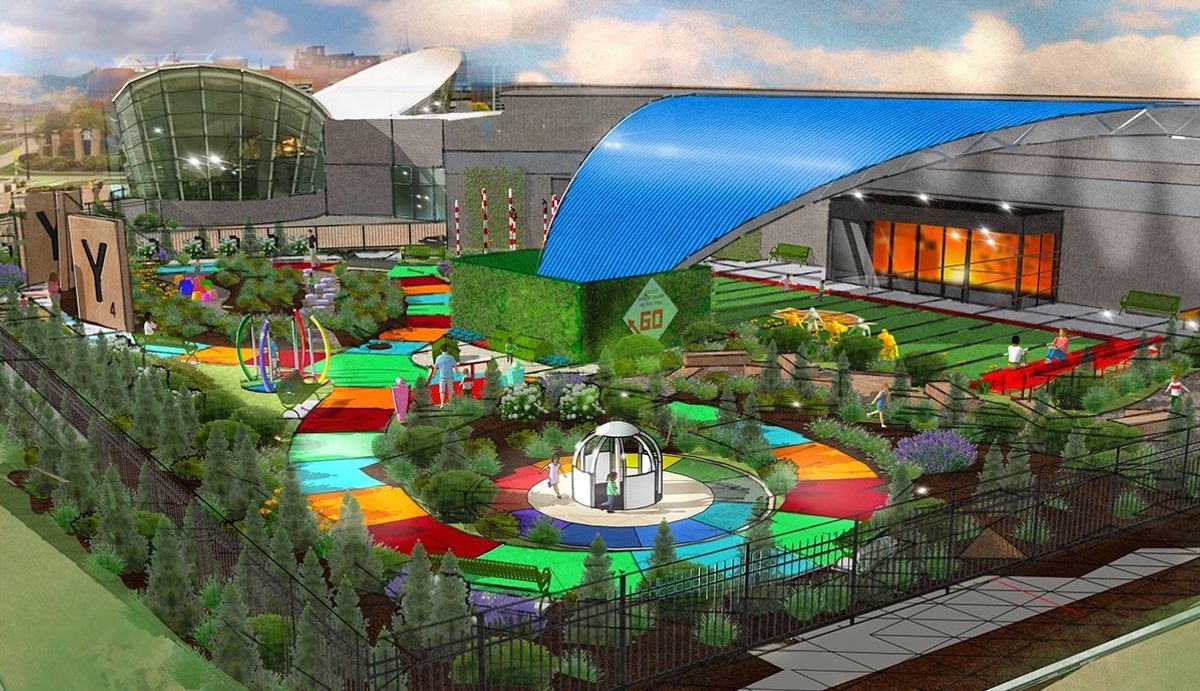


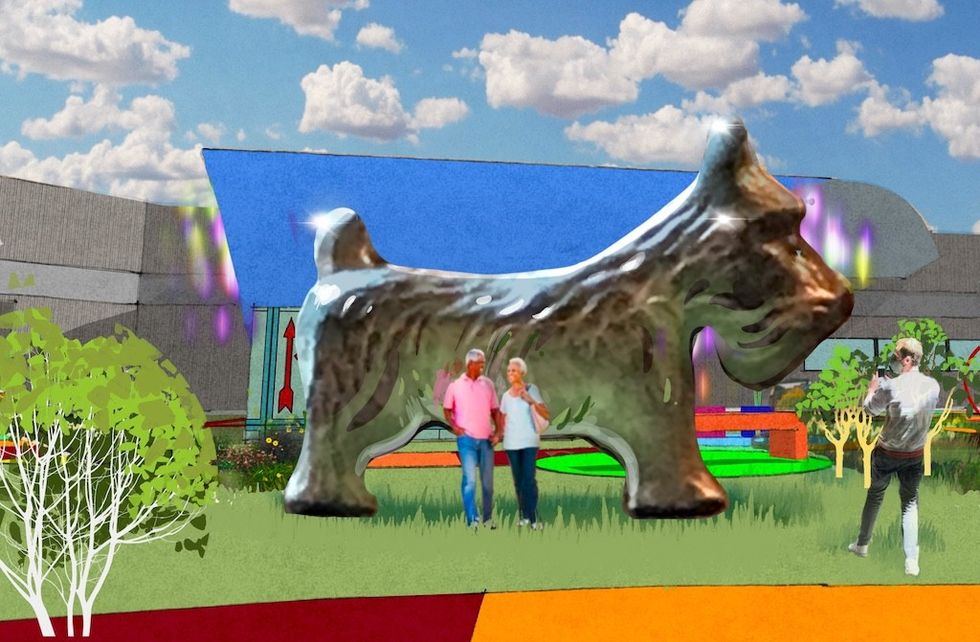
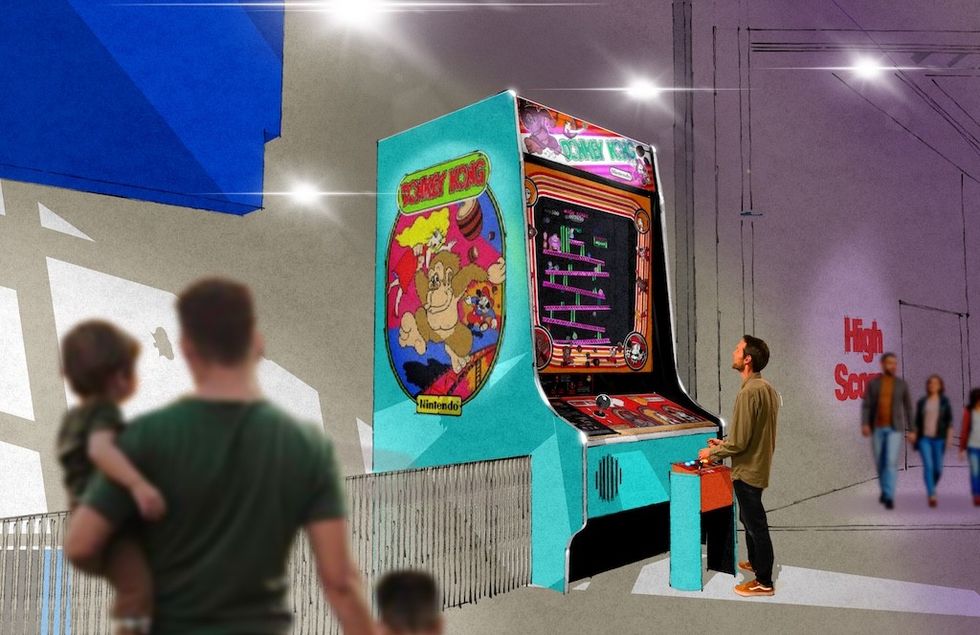
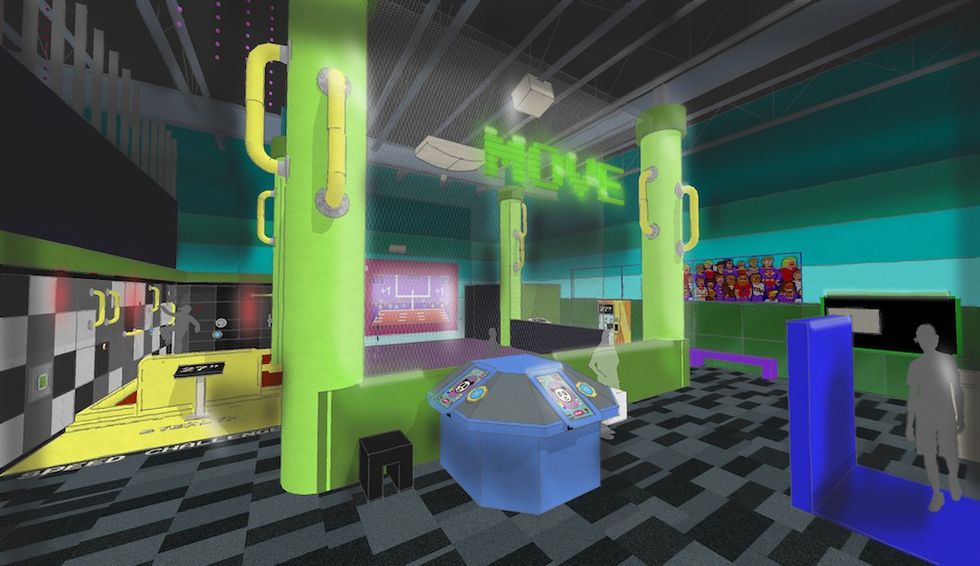
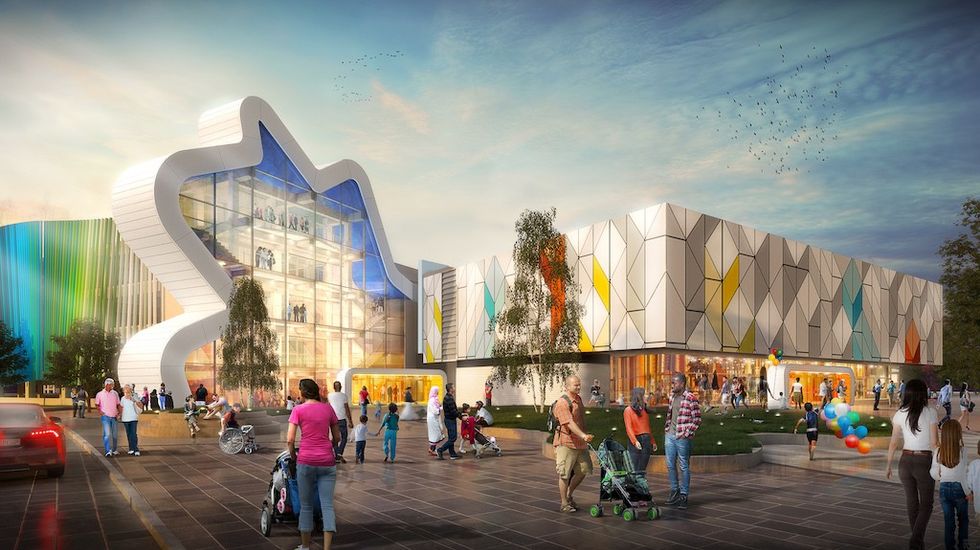
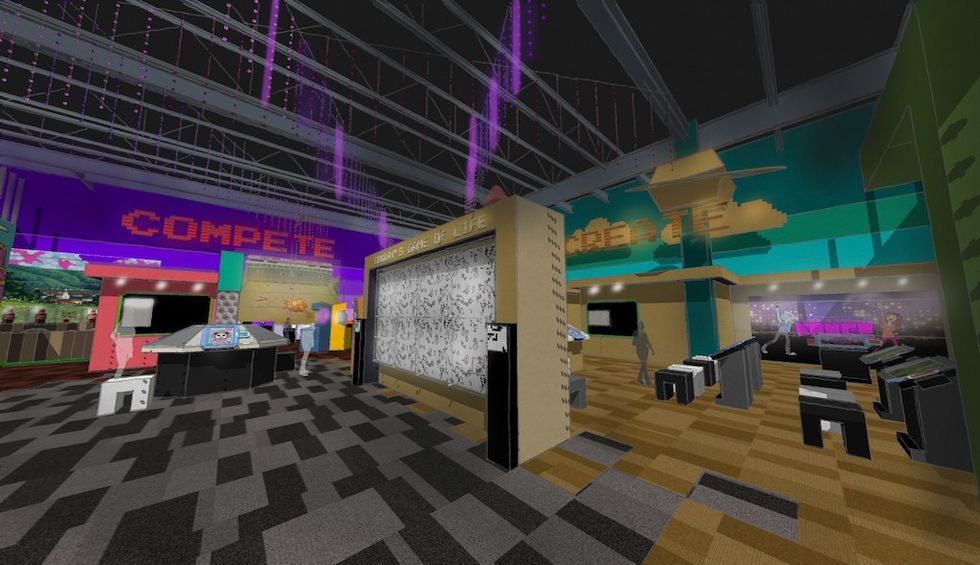
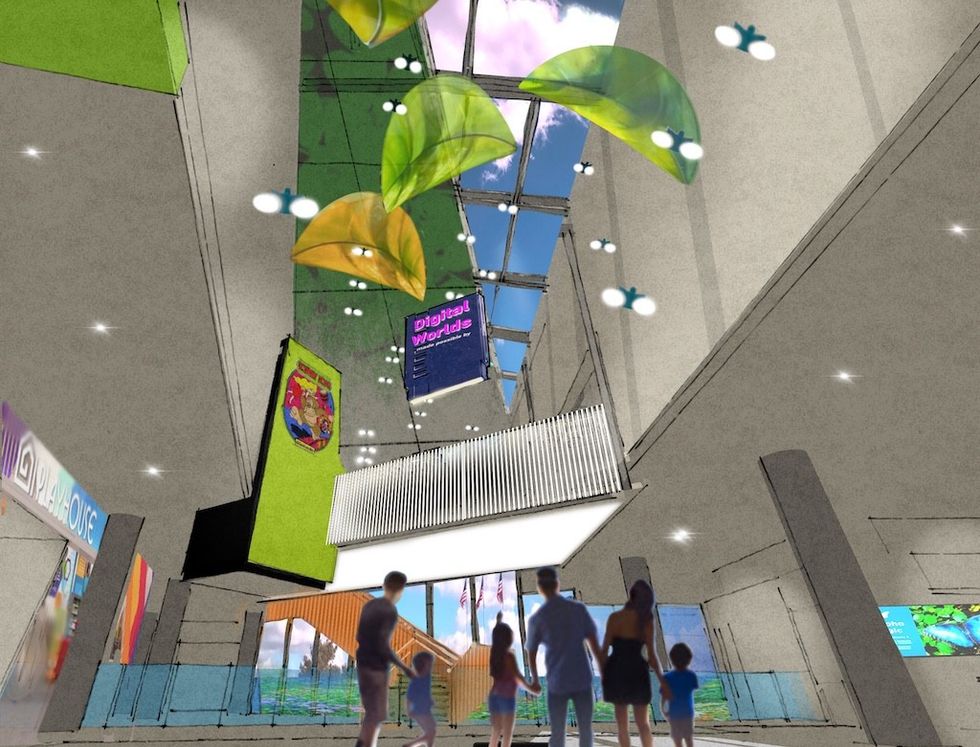
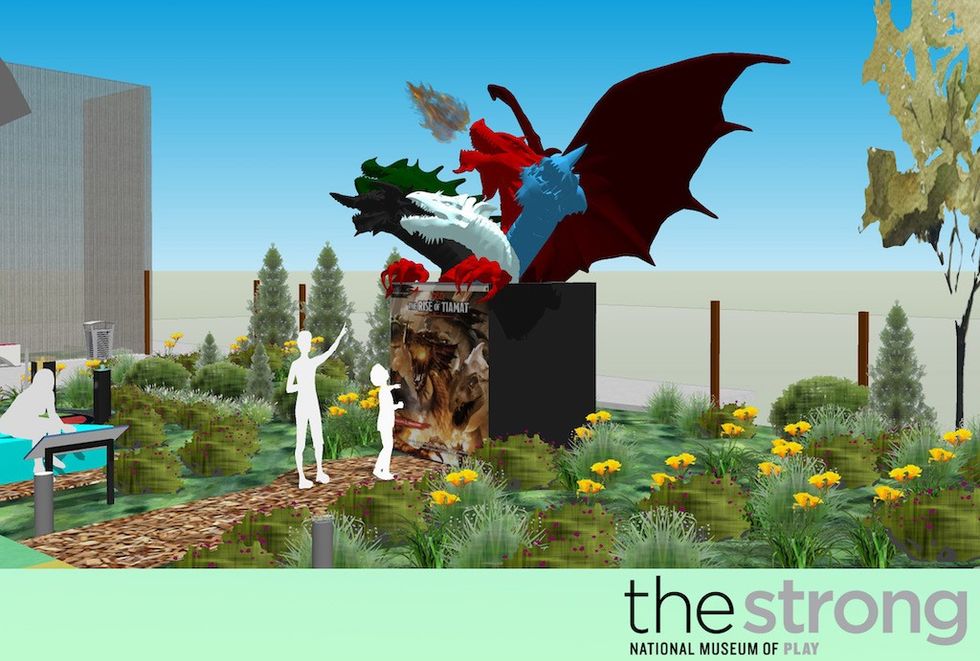
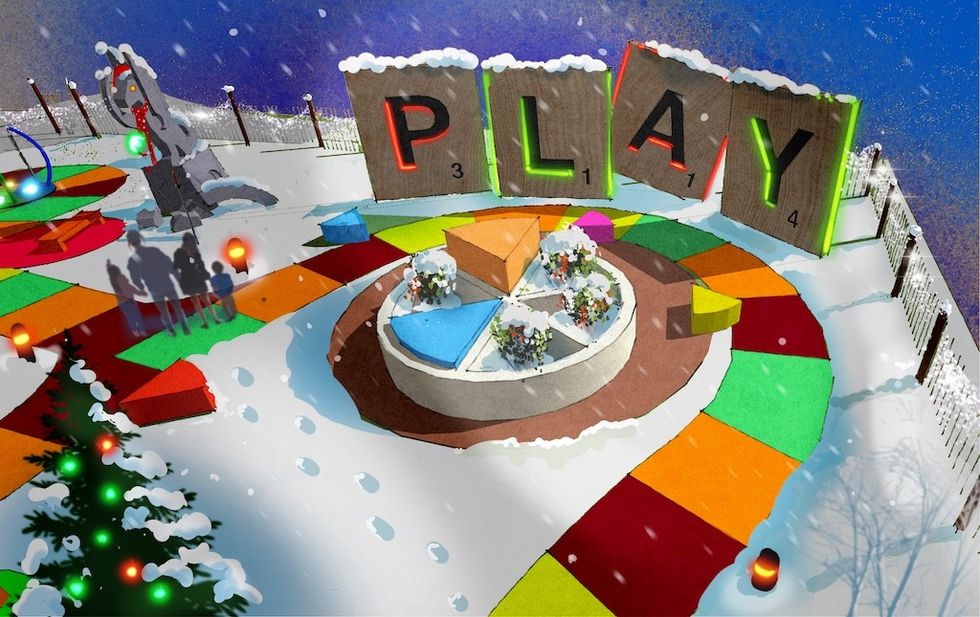





 TM Lim and Adam Wales
TM Lim and Adam Wales



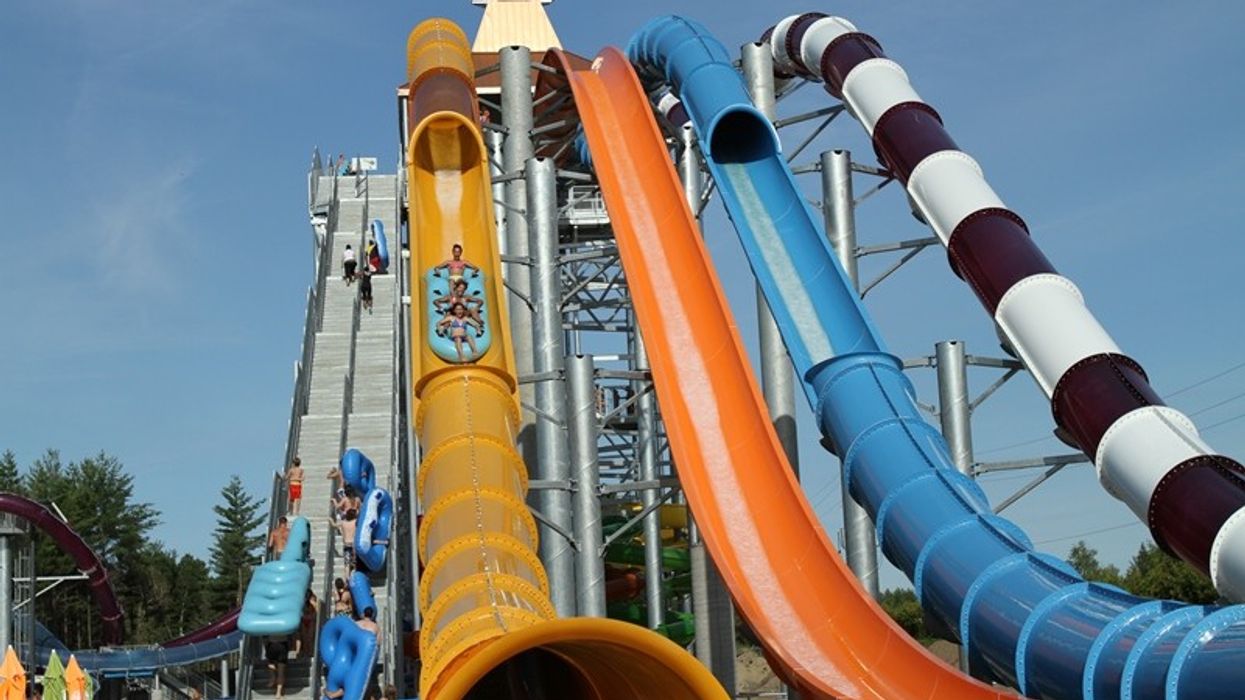


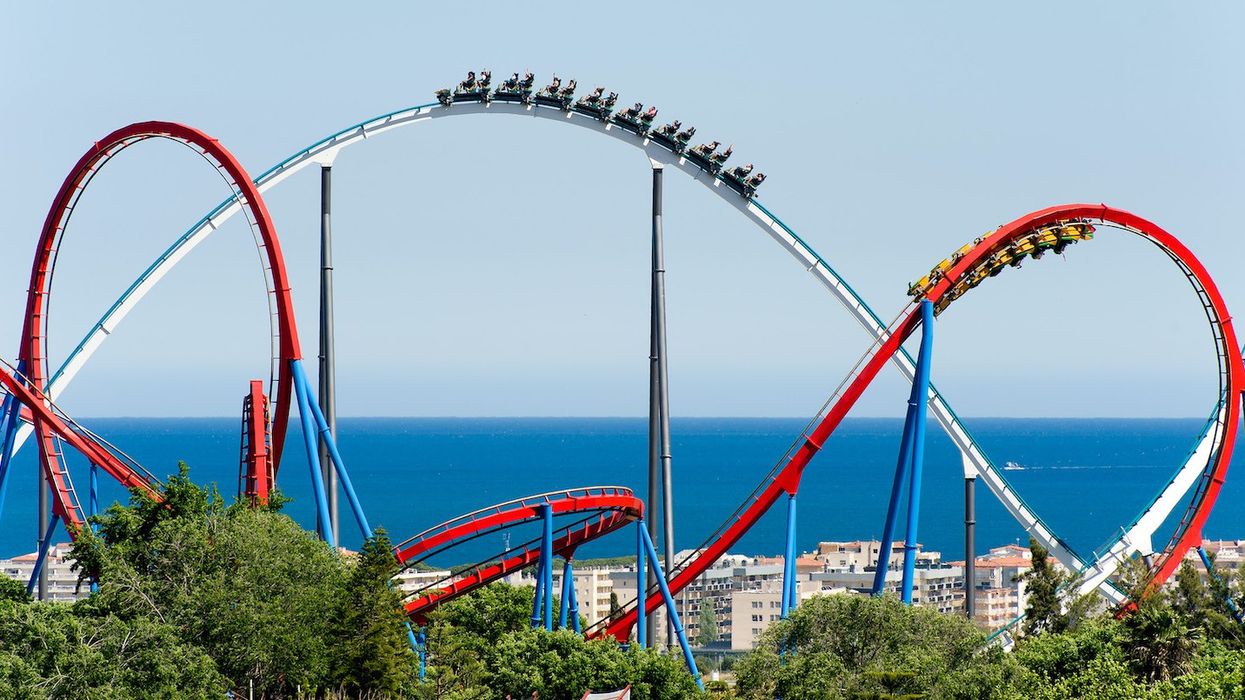
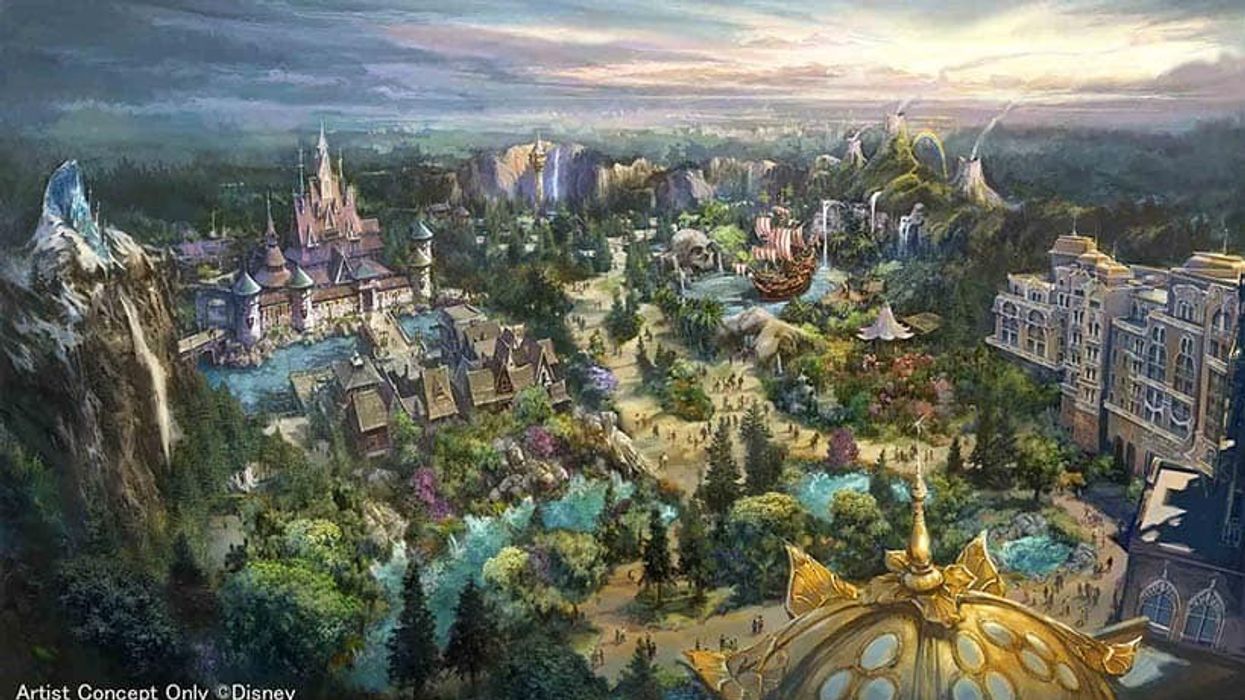

 Toby Harris
Toby Harris Hijingo
Hijingo Flight Club, Washington D.C.
Flight Club, Washington D.C.
 Flight Club Philadelphia
Flight Club Philadelphia Flight Club Philadelphia
Flight Club Philadelphia Bounce
Bounce Hijingo
Hijingo Bounce
Bounce
 Fernando Eiroa
Fernando Eiroa











 Nickelodeon Land at Parque de Atracciones de Madrid
Nickelodeon Land at Parque de Atracciones de Madrid Raging Waters
Raging Waters  Mirabilandia's iSpeed coaster
Mirabilandia's iSpeed coaster Parque de Atracciones de Madrid
Parque de Atracciones de Madrid Ferracci at the ribbon-cutting ceremony for Nickelodeon Land at Mirabilandia, with (left) Marie Marks, senior VP of global experiences for Paramount and (cutting the ribbon) Sabrina Mangina, GM at Mirabilandia
Ferracci at the ribbon-cutting ceremony for Nickelodeon Land at Mirabilandia, with (left) Marie Marks, senior VP of global experiences for Paramount and (cutting the ribbon) Sabrina Mangina, GM at Mirabilandia Tropical Islands OHANA hotel
Tropical Islands OHANA hotel Elephants at Blackpool Zoo
Elephants at Blackpool Zoo  Tusenfryd
Tusenfryd
 Andrew Thomas, Jason Aldous and Rik Athorne
Andrew Thomas, Jason Aldous and Rik Athorne







